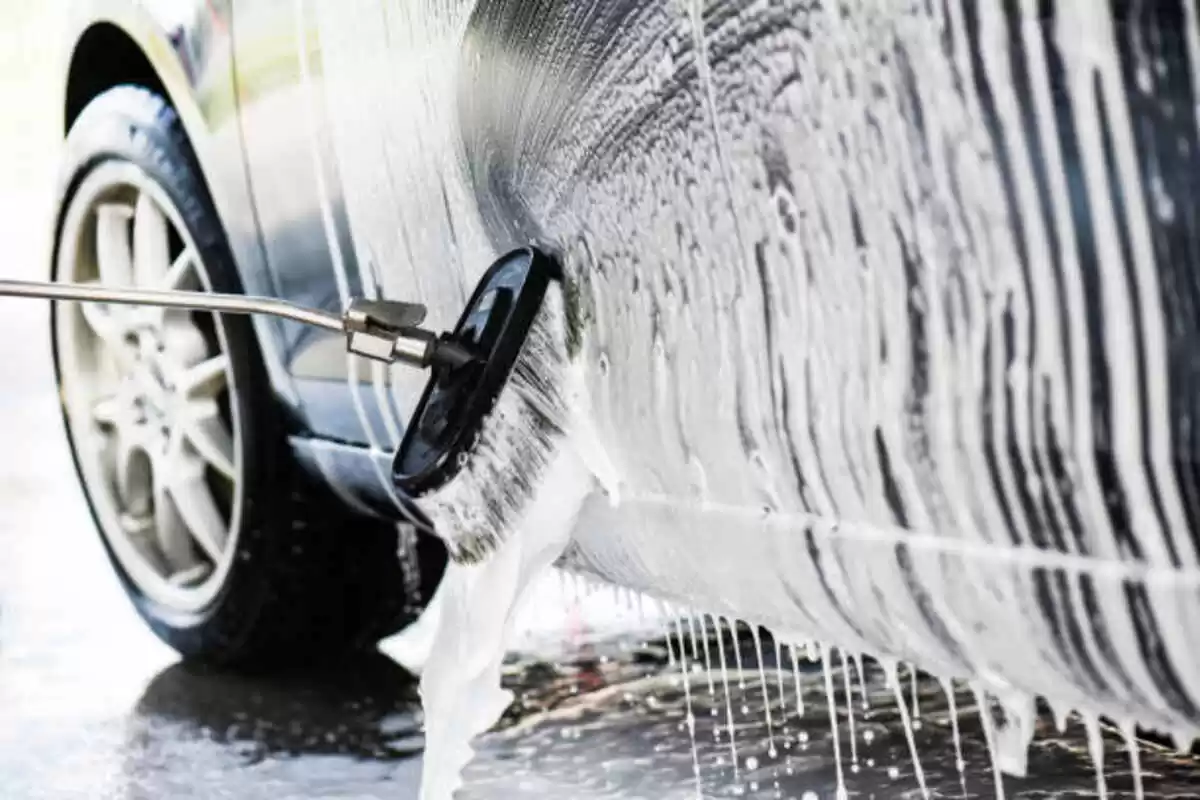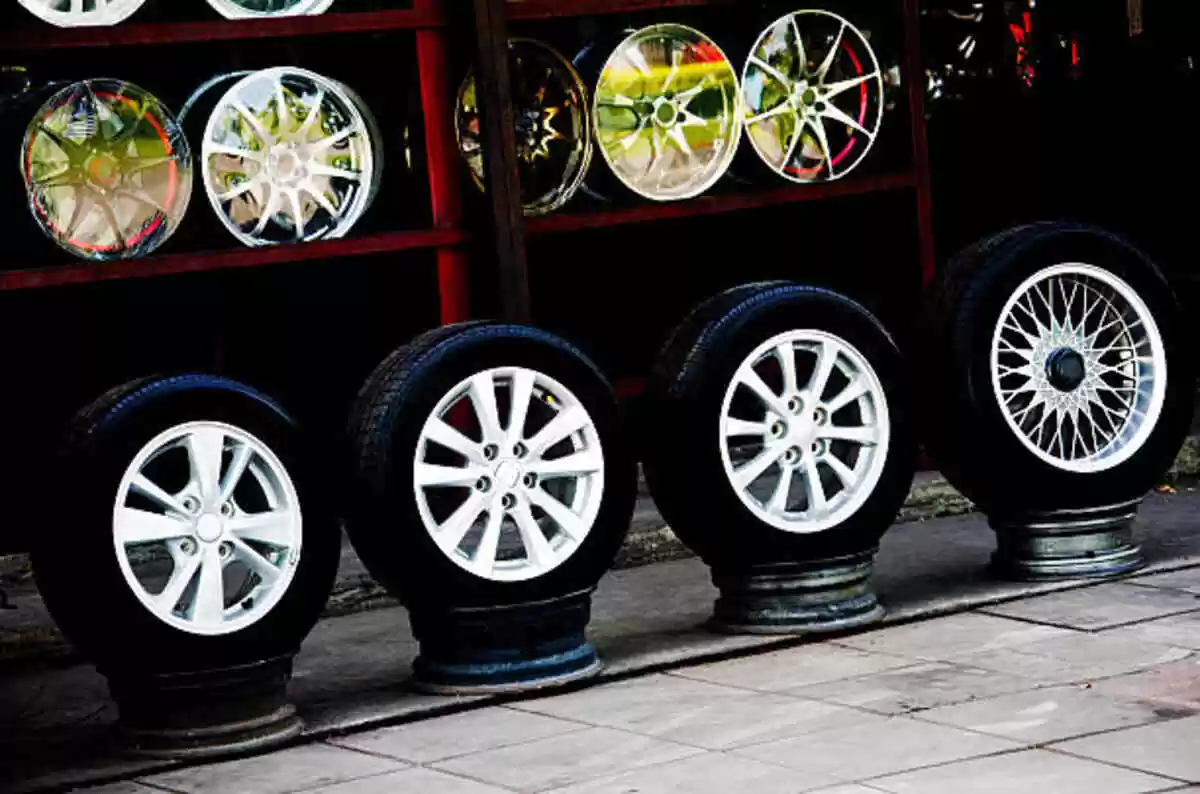A new product designed by German supplier Continental could give vehicles and their drivers several additional sets of eyes.
Continental says its Collective Perception system allows vehicles to bring together image data from other vehicles and from sensors in roads and buildings to improve a driver’s field of sight.
For example, by using images from other vehicles or nearby traffic cameras, the system would allow a driver at a city intersection to see around the corner of a building that a bicyclist is coming their way.
Robert Gee, senior manager for portfolio development in connected vehicle solutions and V2X at Continental’s operations outside Chicago, said the company has been working on Collective Perception for about two years. The goal, he said, is to find real-world ways to use connected-vehicle technology to protect people — including people who are not connected at the moment, such as pedestrians, bicyclists or scooter users.
“We somehow need to protect these folks that are unconnected while leveraging what’s already being installed on vehicles,” he told Automotive News.
Gee said that because sensors such as cameras and radar systems are tuned differently in every vehicle, data shared between vehicles “is not necessarily going to be easily interpretable.” Collective Perception could help to translate that information between vehicles, as well as between vehicles and infrastructure.
By giving a vehicle access to more data from the vehicles and infrastructure in its area, blind spots can be removed for driver-assist systems, and drivers can be easily warned about potential dangers.
“It allows for one vehicle to be able to use its own sensors to detect a vulnerable road user and send that data to other vehicles and let them calculate if this is going to be in my path,” Gee said.
Collective Perception provides a glimpse into the types of future products Continental, a 150-year-old legacy supplier, is developing to maintain its position in an era of rapidly changing auto technologies.
It also shows how the R&D timeline is changing for suppliers that are accustomed to developing physical parts, from tires to engine components. Suppliers are being forced to look beyond their current product horizon for innovations.





